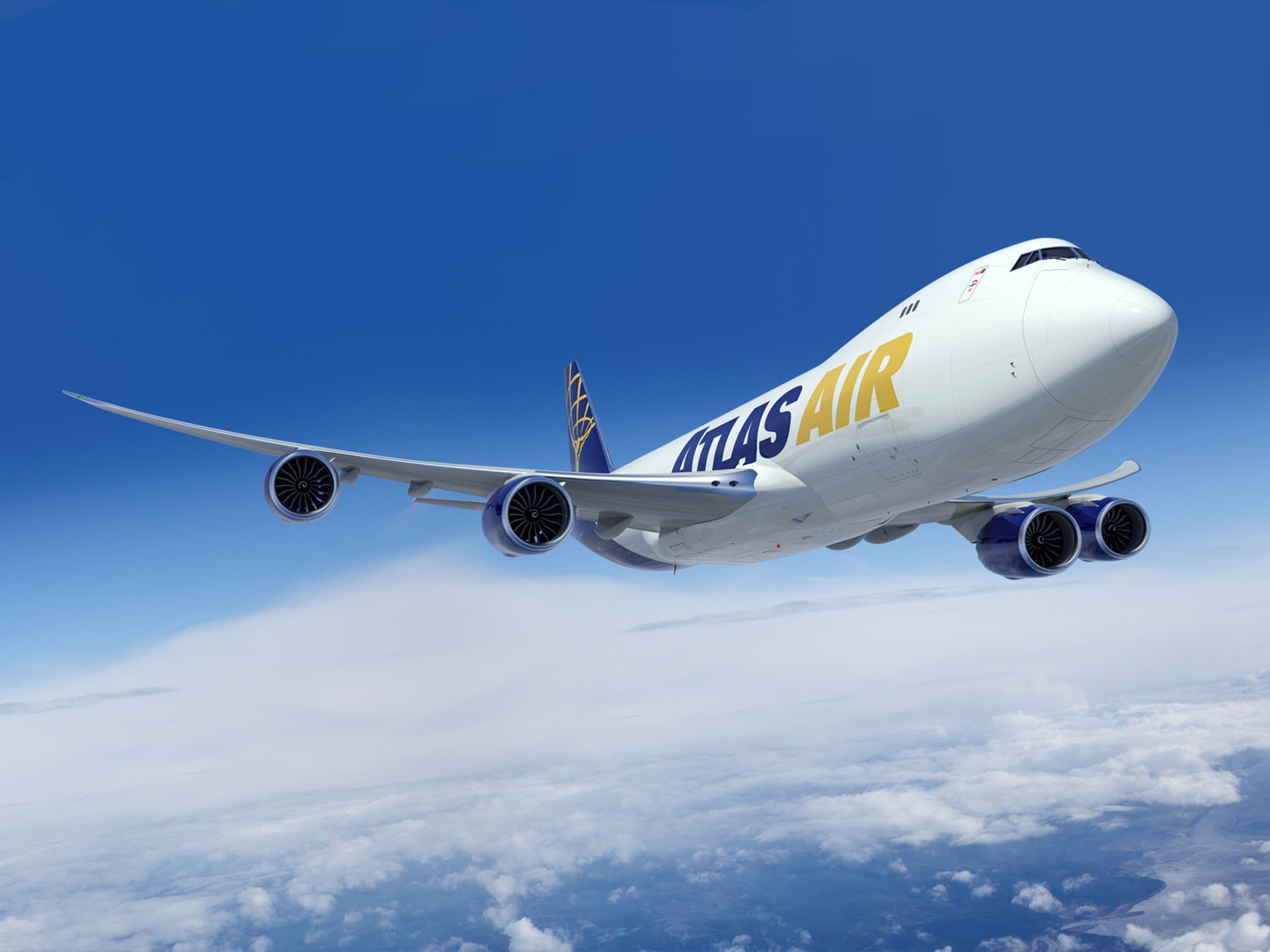Atlas Air sees profits slide in Q2 as costs rise

Atlas Air Worldwide, which yesterday announced it is being acquired in a $3bn deal, saw volumes and profits take a hit in the second quarter while revenues improved.
The company saw revenue grow to $1.2bn in the second quarter of 2022, compared with $990m last year, volumes totaled 83,922 block hours, compared with 93,190 in 2021, and net income totaled $88.3m, compared with $107.1m last year.
The higher revenues reflect an increase in the average rate per block hour due to higher fuel prices and higher rates, including the impact of new and extended long-term contracts.
Block hours decreased primarily due to a reduction in less profitable smaller gauge CMI service flying and operation of fewer passenger flights, as well as operational disruptions related to an increase in Covid-19 cases late in the second quarter.
“The increase in cases adversely impacted our crew availability and our ability to position them due to the widespread and well-publicised cancellations of commercial passenger flights,” Atlas said.
Profits were affected by increased pilot costs related to a new collective bargaining agreement (CBA), higher premium pay for pilots operating in certain areas significantly impacted by Covid-19, as well as higher overtime pay related to an increase in Covid-19 cases late in the second quarter.
In addition, segment contribution was negatively impacted by the operational disruptions related to the increase in Covid cases.
In terms of fleet, the company took delivery of the first of its four new 747-8Fs in the quarter, with the remaining three aircraft expected to be delivered throughout the balance of this year.
The company is also negotiating the delivery of four B777LRFs.
“We expect the first [B777] aircraft to be delivered late in the fourth quarter of this year and three more throughout 2023,” Atlas said.
Atlas Air Worldwide president and chief executive John Dietrich said: “We delivered second-quarter results in line with our expectations. Through the first half of the year, global airfreight volumes exceeded pre-pandemic levels, while capacity remains constrained, particularly on key long-haul cargo trade lanes.”
Damian Brett www.aircargonews.net
